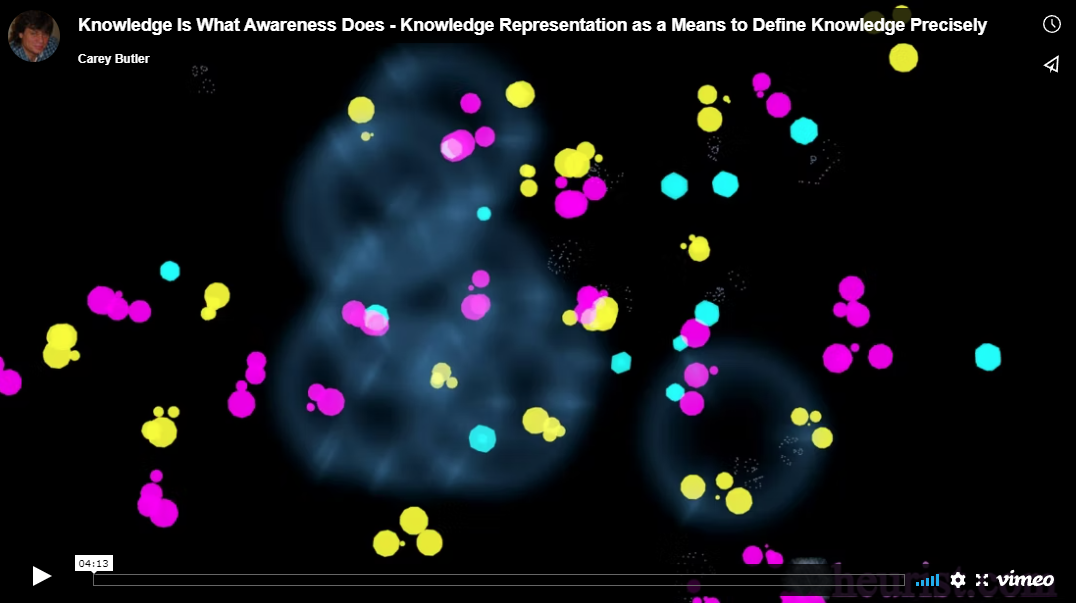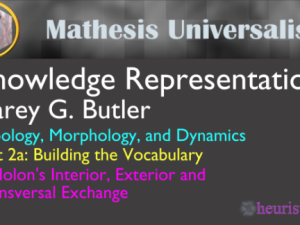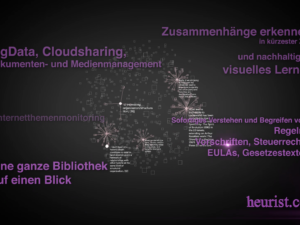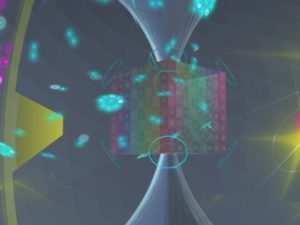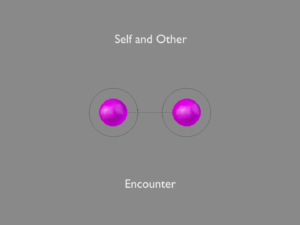Description
In this introductory video I would like to explain what knowledge representation is, how to build and apply them.
There are basically three phases involved in the process of building a knowledge representation. Acquisition of data (which includes staging), collation and the representation itself. The collation and the representation phases of the process are mentioned here, but I will explain them further in future videos.
You are now watching a simulation of the acquisition phase as it collects and stores preliminary structure from the data it encounters in terms of the vocabulary contained within that data. Acquisition is a necessary prerequisite for the collation phase following it, because the information it creates from the data are used by the collation algorithms which then transform that information into knowledge. The statistics you are seeing tabulated are only a small subset of those collected in a typical acquisition phase. Each of these counters are being updated in correspondence to the recognition coming from underlying parsers running in the background. Depending upon the computer resources involved in the acquisition, these parsers may even even run concurrently as is shown in this simulation.
The objects you see moving around in the video are of two different kinds: knowledge fields or knowledge molecules. Those nearest to you are the field representations of the actual data being collected called knowledge fields. They could represent an individual symbol, punctuation, morpheme, lexeme, word, emotion, perspective, or some other unit of information in the data. Each of them contain their own signature – even if their value, state or other intrinsic properties are unknown or indeterminate during the acquisition.
Those farther away from the view are clusters of fields which have already coalesced into groups according to shared dynamically adaptive factors such as similarity, relation, cardinality, ordinality,...
These 'molecules' also contain their own set of signatures and may be composed of a mixture of fields, meta-fields and hyper-fields that are unique to all others. The collation phase has the job of assigning these molecules to their preliminary holarchical domains which are then made visible in the resulting knowledge representation. Uniqueness is preserved even if they contain common elements with others in the domain they occupy. Clusters of knowledge molecules and/or fields grouped together are known as 'knowledge domains', 'structural domains', 'dynamical domains' or 'resonance domains', depending upon which of their aspects is being emphasized.
We now need a short introduction to what knowledge representation is in order to explain why you're seeing these objects here.
What is Knowledge Representation?
Knowledge representation provides all of the ways and means necessary to reliably and consistently conceptualize our world. It helps us navigate landscapes of meaning without losing our way; however, navigational bearing isn't the only advantage. Knowledge representation aids our recognition of what changes when we change our world or something about ourselves. It does so, because even our own perspective is included in the representation. It can even reveal to us when elements are missing or hidden from our view!
It's important to remember that knowledge representation is not an end, rather a means or process that makes explicit to us everything we already do with what we come to be aware of. A knowledge representation must be capable of representing knowledge such that it, like a book or other artifact, brings awareness of that knowledge to us. When we do it right, it actually perpetuates our understanding by providing a means for us to recognize, interpret (understand) and utilize the how and what we know as it relates to itself and to us. In fact – knowledge representation even makes it possible to define knowledge precisely!
Awareness is fundamental!
Knowledge fields are more than simply artifacts of awareness. They comprise a multitude of kinds of awareness in/on which it 'chooses' to express itself. Relation implies awareness of some kind. Experimental evidence seems to indicate that this is also a natural constant (which my video here confirms).
